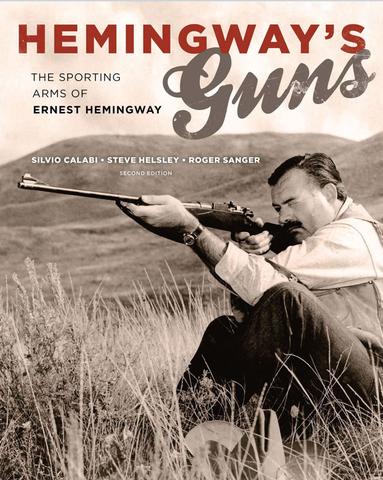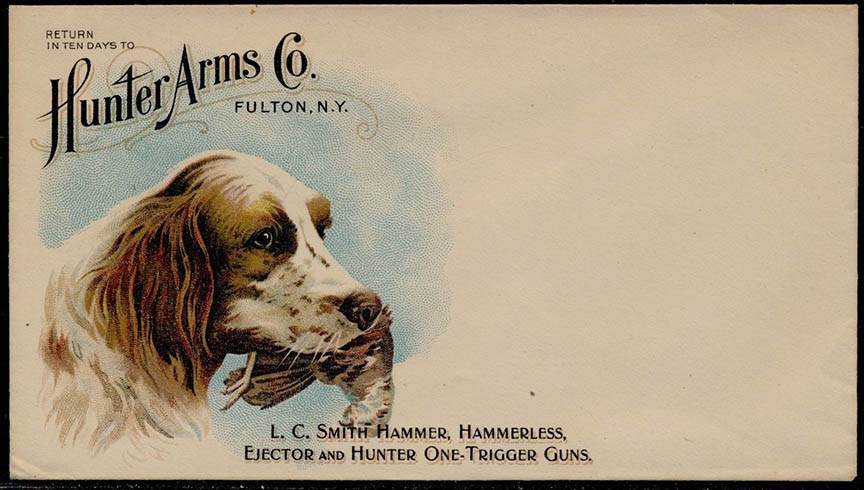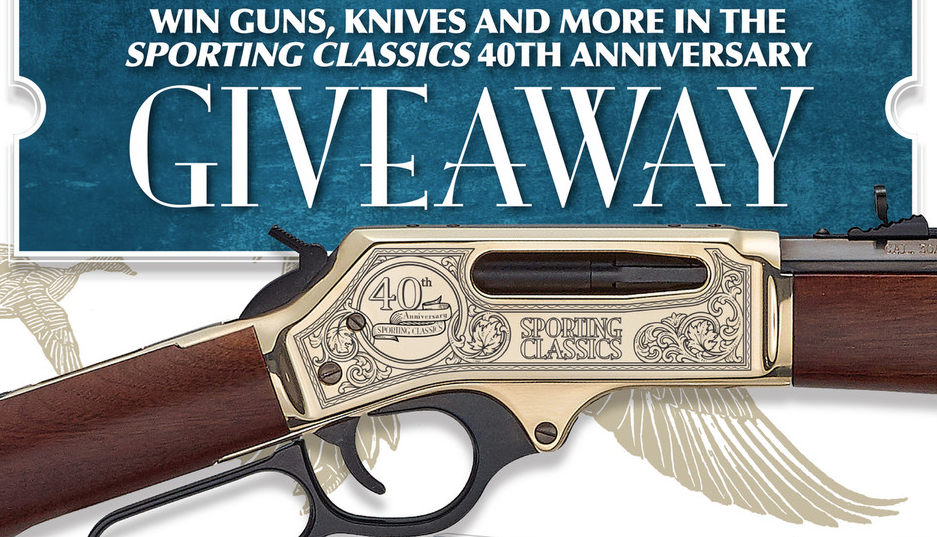The auction headliner, a .79-caliber Dutch flintlock musket that originally belonged to Private John Simpson of Deerfield, New Hampshire, had passed by descent through subsequent generations of the patriot’s family for 244 years. It came to Morphy’s with impeccable provenance and a voluminous archive of supportive documentation.

Historically significant, fully documented Dutch .79 smoothbore Type III flintlock musket and bayonet of Private John Simpson, who fired the first shot at the Battle of Bunker Hill, June 17, 1775. Accompanied by Simpson’s New Hampshire commission to second lieutenant, plus several copies of a 50-page book scrupulously detailing the history of the musket, Simpson family, Battle of Bunker Hill, and Simpson’s court martial. Unbroken line of family provenance since 1775. Sold for $492,000 against a pre-sale estimate of $100,000-$300,000
“The gun is an icon of the American Revolutionary War,” said Dan Morphy, founder and president of Morphy Auctions. “At the Battle of Bunker Hill, Colonel William Prescott instructed his troops not to shoot at the Redcoats until they could see the whites of their eyes, but in his excitement, Simpson preemptively fired off the battle’s first shot. He was only lightly reprimanded for disobeying orders and later rose to the rank of major. His musket remained a treasured family heirloom until the day of our auction.”
The buyer of the gun, an individual who wishes to remain anonymous, has arranged for it to be publicly displayed at the National Museum of Military Vehicles, which is currently under construction in Dubois, Wyoming. The $100 million, 140,000-square-foot museum opens in May 2020 to serve as the permanent home for 150 historic war vehicles and a $10 million historic weapons collection that includes a rifle fired at Custer’s Last Stand and a pistol used by General John J. Pershing in World War I.
The Bunker Hill gun sold for nearly $200,000 more than its high estimate. Its price reflected a pattern seen throughout the auction in which rare and historically important firearms met or exceeded expectations. For example, a circa-1850 relief gold-inlaid and engraved percussion shotgun made by Keozi & Jahchimek of Warsaw and Krakow, presented in its original rosewood case with accessories, sold for $270,000 against an estimate of $90,000-$120,000.

Colt 1847 Walker A Company No. 181 percussion revolver, one of only 1,000 made to arm mounted troops for the war in Mexico. Authenticated by the Texas Gun Collectors Association. Sold for $153,750
A handgun of the Old West, a Colt 1847 Walker A Company No. 181 percussion revolver – one of only 1,000 made to arm mounted troops for the war in Mexico – came to auction with an $80,000-$120,000 estimate. Authenticated by the Texas Gun Collectors Association, it attracted very strong interest and was bid to $153,750.
A second significant Texas gun, a J.H. Dance & Bros. Confederate Army revolver, was described in Morphy’s catalog as “desirable, hard to find” and one of about 100 survivors of its type. Depicted in the Gary Wiggins book DANCE & BROTHERS, Texas Gunmakers of the Confederacy, the .44-caliber revolver sold for an above-estimate $63,000.

Published Confederate J.H. Dance & Bros. (Columbia, Texas) Army revolver, .44 caliber rifled. Sold for $63,000
Another extremely rare discovery of the Civil War Period, a canvas belt with two Confederate Morse carbine cartridge boxes, complete with tin tubes designed to house cartridges, came with an accompanying note that reads, in part, “Found in old Morse Packing Box by W.A. Floyd at Pendleton, South Carolina…” The belt and boxes are shown on Pages 146-147 of the 1978 book Confederate Longarms and Pistols by Hill and Anthony, which added to its appeal to collectors. Estimated at $6,000-$8,000, the lot realized $22,800.

Two complete Confederate Morse carbine cartridge boxes, each holding 12 tin tubes, suspended on canvas belt with iron buckle. Published in the 1978 book Confederate Longarms and Pistols by Hill & Anthony. Sold for $22,800
Antique machine guns, whose resale is strictly controlled and requires BATF approval prior to transfer, continue to achieve top prices at auction as “curios and relics.” One of the finest examples in Morphy’s sale, a World War II German 9mm Erma dual-magazine-housing MP40/II machine gun with Erma, Krupp and numerous Nazi proofs sold above its estimate range for $102,000.
A Marlin-manufactured and Numrich Arms Company-registered M2 submachine gun, the U.S. military successor to M2A2 Thompson Marlin, rose to $52,275 (estimate: $30,000-$35,000); while a British Vickers Model 1912 .303-caliber machine gun made for the El Salvador government, accompanied by its rare original commercial tripod, made $47,970 (estimate: $12,500-$20,000).

1950 J. Purdey & Sons (London) .410 bore game shotgun, 28in barrel, sidelock ejector, single trigger, beavertail forend and ventilated rib, presented in original case with accessories. Sold for $51,660
Other noteworthy lots included a 1950 J. Purdey & Sons (London) .410 bore game shotgun, 28in barrel, with original case with accessories, $51,660; and an extremely fine .41 rocket ball caliber Navy-size pistol marked THE VOLCANIC REPEATING ARMS CO. PATENT NEW HAVEN CONN. FEB. 14, 1854, $35,670.

Navy-size pistol with 8-inch blue octagon barrel marked THE VOLCANIC REPEATING ARMS CO. PATENT NEW HAVEN CONN. FEB. 14, 1854, .41 rocket ball caliber. Extremely fine condition. Sold for $35,670.
All prices quoted are inclusive of buyer’s premium as detailed on Morphy Auctions’ website.
 Following years of research from Sun Valley to Key West and from Nairobi, Kenya to Hemingway’s home in Cuba, this volume significantly expands what we know about Hemingway’s shotguns, rifles, and pistols—the tools of the trade that proved themselves in his hunting, target shooting, and in his writing. Weapons are some of our most culturally and emotionally potent artifacts. The choice of gun can be as personal as the car one drives or the person one marries; another expression of status, education, experience, skill, and personal style. Including short excerpts from Hemingway’s works, these stories of his guns and rifles tell us much about him as a lifelong expert hunter and shooter and as a man. Buy Now
Following years of research from Sun Valley to Key West and from Nairobi, Kenya to Hemingway’s home in Cuba, this volume significantly expands what we know about Hemingway’s shotguns, rifles, and pistols—the tools of the trade that proved themselves in his hunting, target shooting, and in his writing. Weapons are some of our most culturally and emotionally potent artifacts. The choice of gun can be as personal as the car one drives or the person one marries; another expression of status, education, experience, skill, and personal style. Including short excerpts from Hemingway’s works, these stories of his guns and rifles tell us much about him as a lifelong expert hunter and shooter and as a man. Buy Now



